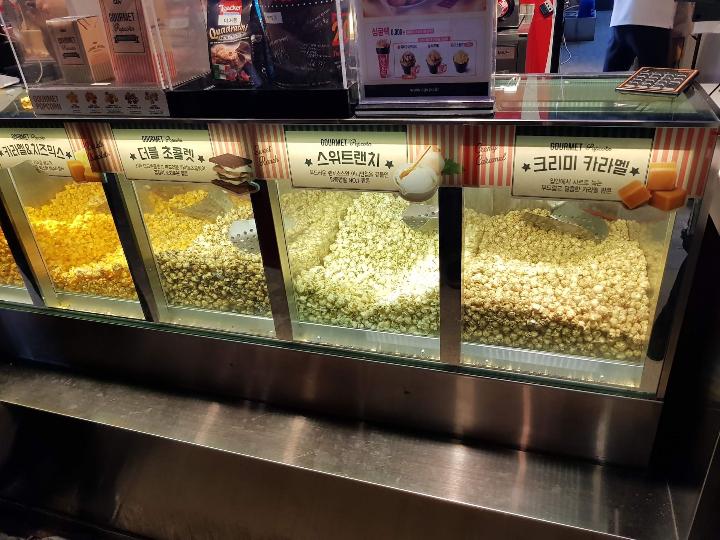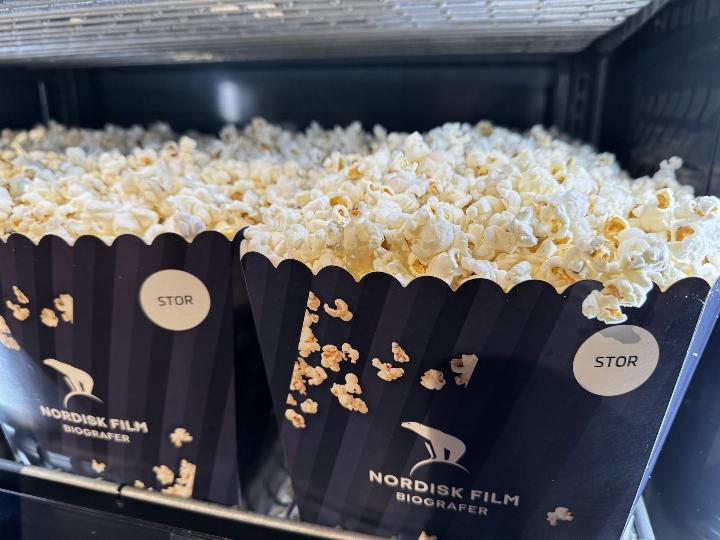The cinema industry, for all its technological evolution - from silent film to Dolby Atmos, from 35mm to the latest laser projection - remains tethered to a few stubborn, profitable traditions. And chief among them is the unshakeable, ubiquitous, and wildly diverse kernel of popped corn.
We, in the industry, often focus on the digital revolution: VPFs, SMPTE standards, and one perpetual battle after another against streaming. Yet, the single greatest constant, the undisputed king of the lobby, the concession item whose immense margin is the financial bedrock of the exhibition business, is the humble popcorn. What's truly fascinating, and what reveals the subtle yet profound cultural differences in the cinema experience, is how this simple, puffed corn is served and consumed across the world. The poppable kernel is a global passport to local tastes.
The Great Divide: Salty, Sweet, and the Battle for the Palate
In the Anglo-American tradition, popcorn is defined by its savoury, buttered (actually butter-flavoured oil) profile. The US is the epicentre of the massive, artery-clogging, buttery experience. The aroma alone, a chemical cloud engineered for maximum impulse purchase, is as essential to the modern multiplex as the screen itself. The UK offers a choice - salty or sweet - a polite duality that hints at a more complex, European palate. Ireland, true its green and grazable pastures, serves real butter on their popcorn, though this can make popcorn soggy, due to the higher water content of butter compared to canola oil, which is the standard for the cinema industry.
Travel just a short distance across the Channel, and the consensus shatters. In much of Europe, particularly Germany, the sweet, caramelised, or what Americans might call "kettle corn" is the default. If you simply ask for "popcorn" in Berlin, you’re getting a sticky, sugary delight, not the salted butter bomb of a US cinema. This preference for sweet corn extends, in a truly massive way, across Asia.
In China, for instance, the dominance of caramel popcorn is almost total. The American-style, heavily buttered salt-only offering is often absent. This isn't just about flavour; it's a cultural choice. Popcorn itself is a latecomer to the traditional cinema snack market in some of these regions, and its adoption has been entirely on local terms.
It's not just the flavours that differ but the type of corn used. Salted and sweet popcorn both use 'butterfly' corn, with its petals or wings, while caramel popcorn uses the 'mushroom' shape popcorn that is better for coating. Or if you want to be a snob, buy an heirloom variety of corn, signified by their smaller popped finish, as well as a greater variety of colours of the corn. Impress your Letterboxd obsessed friends with the fact that your organic variety is closer to what Native American tribes first enjoyed, though long before A24 was a thing. Added points for impressing them that popcorn only went salt in America during World War 2 when there was sugar rationing.

Spices, Savouries, and Cultural Replacements
Popcorn may be the global default, but for the true cultural conoisseur, the anomalies are where the real story lies. Where does the concession stand stop being a profit centre and start being a reflection of national cuisine?
- India’s Masala Popcorn: Forget the simple salt; in Indian cinemas, popcorn is often embraced with a riot of local flavour. Think Masala Popcorn - seasoned with turmeric, cumin, coriander, and chilli powder. It’s a fiery, aromatic snack that transforms the movie-going munch from a neutral, salty substrate into a full-bodied culinary event. In this market, the cinema is wise to offer local food like the beloved samosa alongside the Hollywood standard.
- Japan's Umami Twist: The highly refined Japanese palate embraces subtlety. While caramel popcorn exists, you also find unique, umami-rich variations like Nori Popcorn (popcorn sprinkled with roasted seaweed) or even Matcha-flavoured offerings. These are not merely novelties; they are an integration of the snack into a distinct national food aesthetic.
- Mexico's Tangy Heat: The concession stand in Mexico can feature Elote Popcorn, borrowing the flavours of the street corn staple - chilli powder, lime, and possibly a creamy drizzle. It's a tangy, spicy, and deeply satisfying counterpoint to the sugary soda. For the purist, one might also find Tostilocos, chopped tortillas with a spicy, complex topping, but the flavoured popcorn shows the adaptability of the kernel.
- The European Diversion: In Spain, you’ll still find cinemagoers crunching on pipas—sunflower seeds—a snack that requires meticulous shell-cracking and often creates a literal carpet of debris, much to the chagrin of the usher. And in places like Finland, a wide variety of pick-and-mix jelly candies compete for the top spot. Meanwhile Germany (and Austria, plus German-speaking Swiss cantons) are probably the only place where popcorn doesn't rule the cinema, but runs second to nachos!

The Financial Kernel: Why Popcorn Endures
Ultimately, as much as we can admire the cultural diversity of these snacks, the popcorn story is a commercial one. Whether sweet, salty, or spiced with masala, the cinema owners know the real flavour is profit. The great mark-up on a bucket of popped corn, whose raw material cost is negligible, is what helps fuel the invesment in the latest laser projector, immersive audio, premium screen and the plush new recliner seats.
The variations simply prove that while the experience of the ‘big screen’ is global, the little rituals we attach to it - the crunch, the taste, the smell - remain profoundly local. The challenge for global exhibition chains is adapting the universal revenue-driver (popcorn) to honour the diverse, local preferences that keep the audience coming back for more.
The Global Kernel: Popcorn, Profit, and the Cultural Cinema Experience